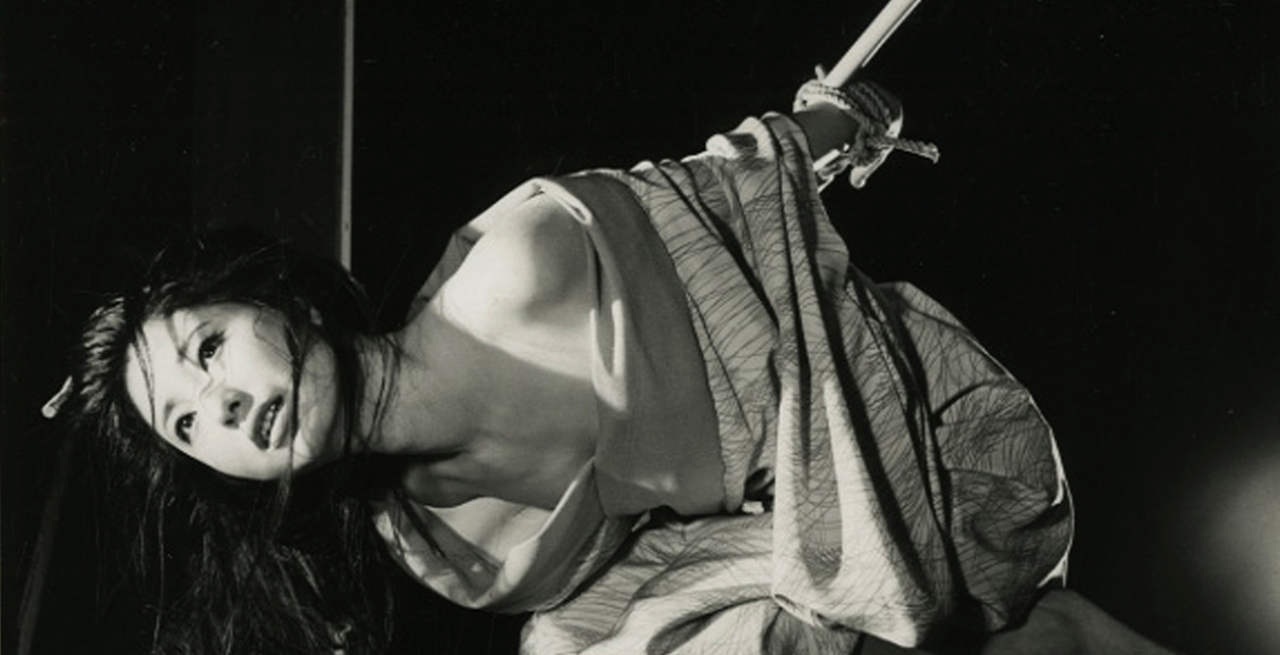
With the turn of a new decade, new opportunities were sought by film studio Daiei. In 1970, Daiei on the verge of bankruptcy, entered into a partnership with fellow struggling studio Nikkatsu, forming Dainichi Eihai. By pooling their resources, the aim was to fight against Toei’s market dominance: by the 1970s Toei had perfected their








